Book choices for today:
Look at Both Sides Elena Martin
Symmetry Lynn Peppas
What is Symmetry in Nature? Bobbie Kalman
Lines that Wiggle Candace Whitman
Art: (first circle)
Need for lesson – Kinds of lines poster and booklet, a tray from the Geometric Cabinet, and paper and a black crayon for each child.
Art 8
We talked about patterns. What is a pattern? Patterns are found everywhere in our world. Something else we can find all around us are lines. There are different kinds of lines. When we draw, we often draw lines in our pictures. When people learn about lines and shapes it is called Geometry. This is a tray from our Geometric Cabinet. It has many different shapes inside of it. When we take out a shape and trace it (show this to the children), we are drawing lines. These lines come together to make different shapes. There are different kinds of lines. Let’s look at some. Straight, vertical, horizontal, parallel, curves, and zig-zag are the name of some lines.


Additional Work:
Group Activity – Need paper and crayon for each child.
“Everyone is going to get a piece of paper and a black crayon. I am going to ask you draw a kind of line on your paper. You can put it anywhere you would like on the paper and make it as long or as short as you would like. The lines you make can even touch each other if you want them to. (Hold up a picture of the line you ask the children to draw so they can see it). Let’s start with a straight line. On your paper make a straight line with your crayon. Okay, now let’s draw a curved line on your paper. How about a line that is horizontal. (Continue with a few more lines of choice.)
Let’s look at our picture of lines. Sometime today if you would like to you, you can paint or color in and around the lines you made. We can find lines in art. Next time you look at our art post cards see if you can find lines in the picture.”
Animal Skins – Have a brief discussion about some of the patterns and lines that can be found on animal skins.
Wiggle Lines – Read the Story, Lines that Wiggle. Children can draw or paint wiggle lines on paper.
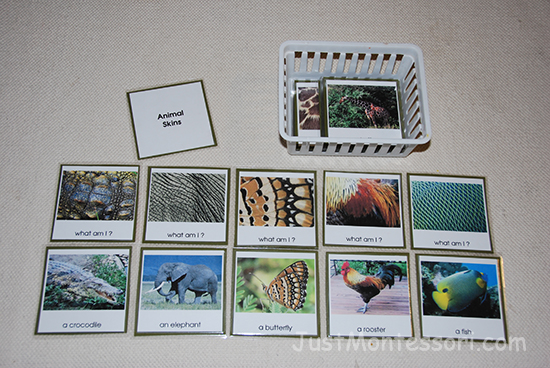
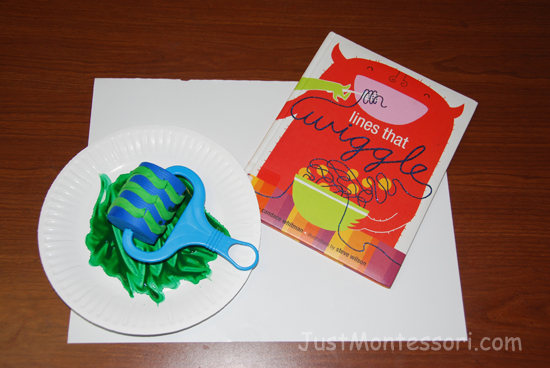
Art: (second circle)
Need for lesson – Samples of symmetry.
Art 9
We found out about lines today. There is something called a line of symmetry. Symmetry is something else we can find all around us in our world. A figure has symmetry if when folded, the two halves match and are identical (show a sample). The fold line is called the line of symmetry. The opposite sides match in something that has symmetry. You can find symmetry in nature, architecture, and in art. Our bodies have symmetry! Shapes can have more than one line of symmetry. A snowflake is a sample of this (show the children). Not every figure has line symmetry. This is a side view of a face. When we fold it, the two halves do not match (show children).
When you are looking at different things during the day, you can look at it and decide if it would or would not have line symmetry. Try to imagine if you could take it and fold it, would the two sides match.
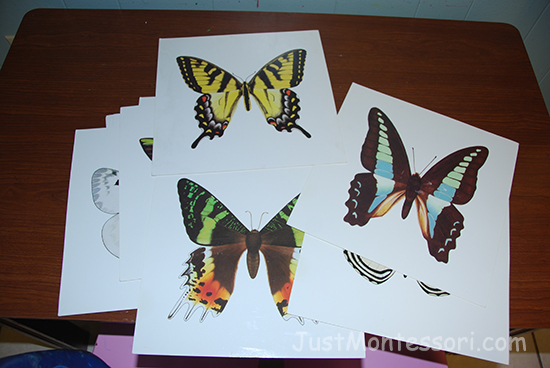
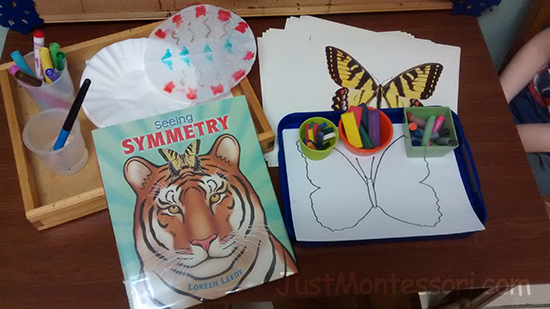
Art:
Symmetry – Provide a square piece of paper and watered down paints to be used with eye-droppers. Show the children how to fold their paper in half. Open the paper and just drop paint colors on one side of the paper. Carefully fold the paper over and press down gently. When opened again, it is a symmetrical painting.
Butterfly Art – Remind the children about symmetry, and as they paint their butterfly shape, think about how you want each side to match.
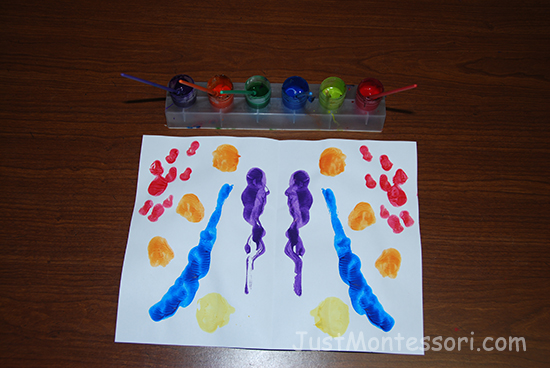
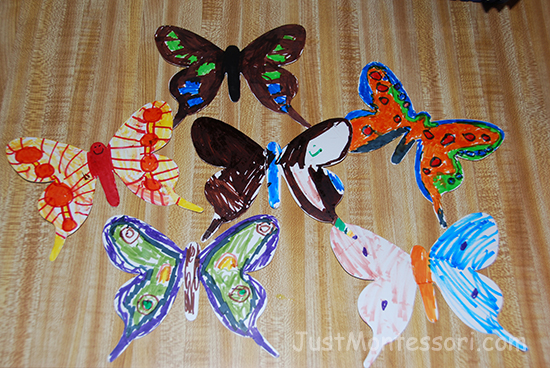
Buy Weeks 15-18 PDF
-
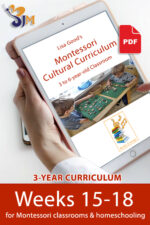 (E) Weeks 15-18$25.00
(E) Weeks 15-18$25.00


